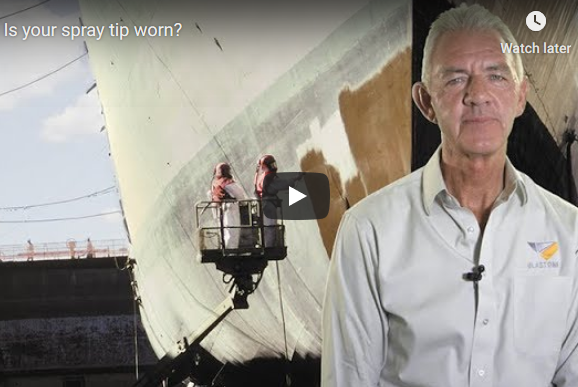Knowing the signs of blast hose wear will allow you to replace it at the appropriate time, thus maximizing your productivity and profitability. Early replacement is not cost efficient. Late replacement compromises both productivity and safety.
External Signs of Damage
The simplest way to check for wear is to visually look for signs of damage on the outer blast hose. Discovering holes, cracks, splits or material erosion on the outer wall is the surest sign that the hose needs to be replaced.
Hose Integrity
Another way to identify wear in your hose is by squeezing it. The blast hose should be squeezed every 20cm of length. A proper hose will be very difficult to squeeze. If the hose depresses when squeezed, that is a sign that the internal wall has eroded due to the abrasive coursing through it and should be replaced. If there is simply a single location that depresses, AND it’s close to one of the ends, it’s possible to just cut off the worn section and attach your fitting to the end. [Safety Note: make sure you follow the proper protocols of fitting a coupling to the hose.]
Compromising Layouts
If a blaster bends the hose at a severe radius (eg, over their shoulder) the hose can wear prematurely in that spot. This is extremely unsafe as the wear point is close to the operator. To prevent hazardous worn spots, operators should stretch the hose to the widest possible radius (close to being straight) while blasting. This pertains to the entire length of hose from the blast pot up to the operator.
 My Account
My Account





